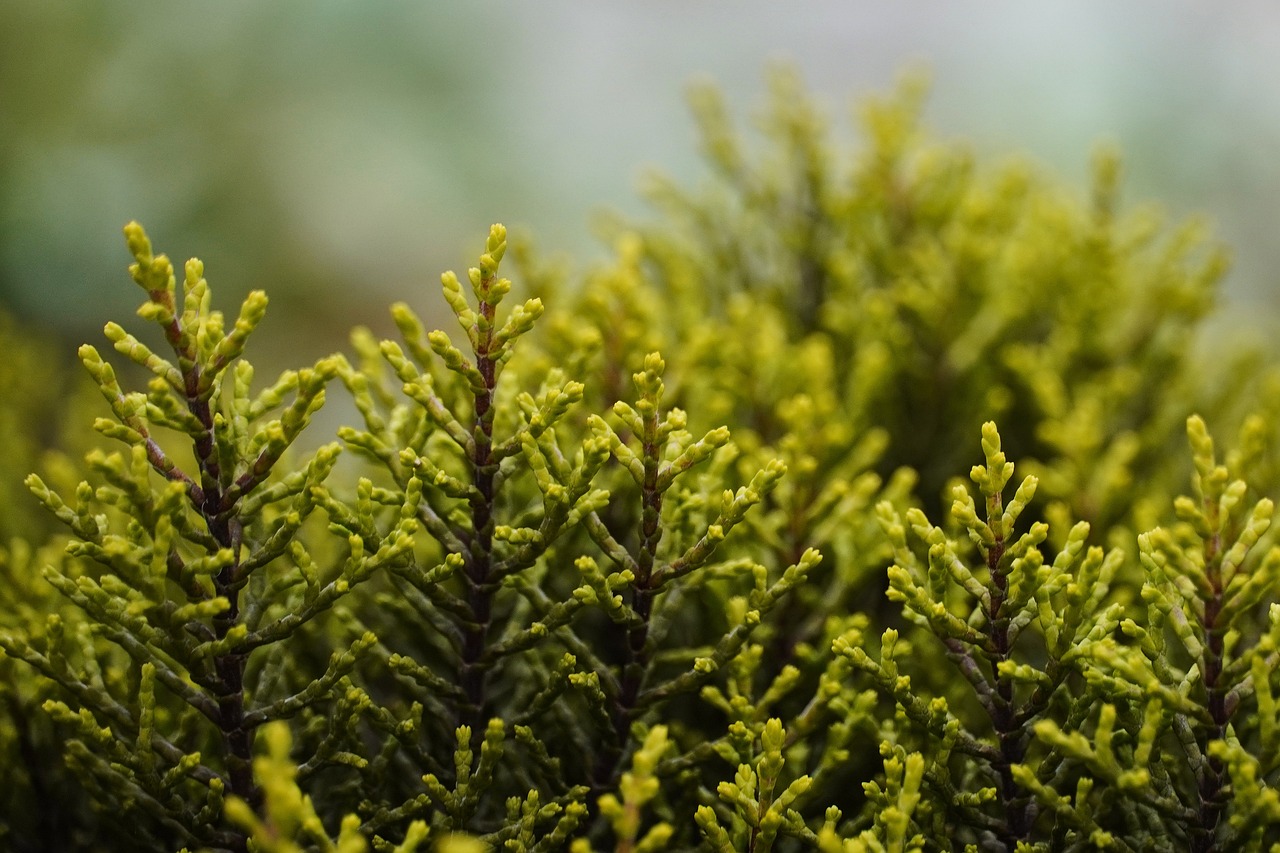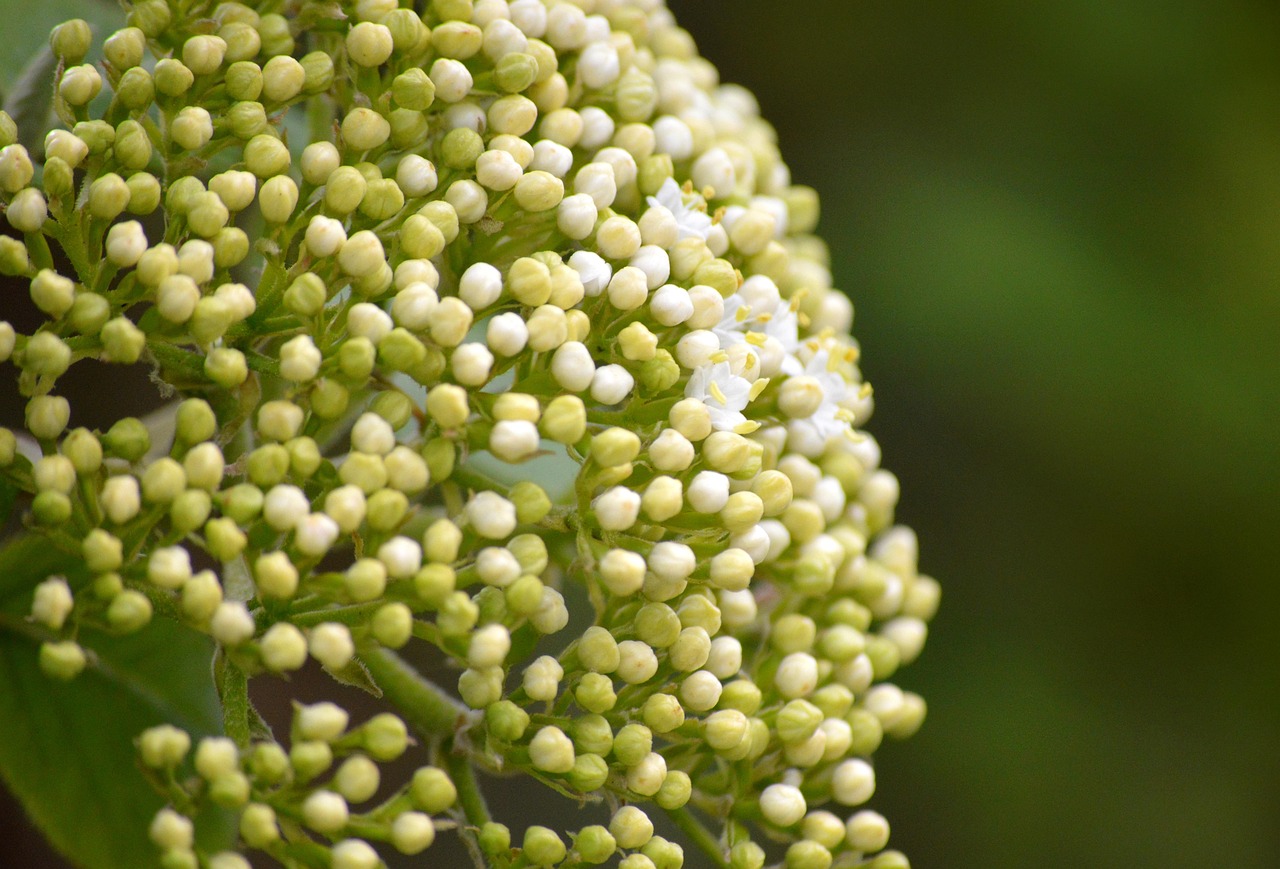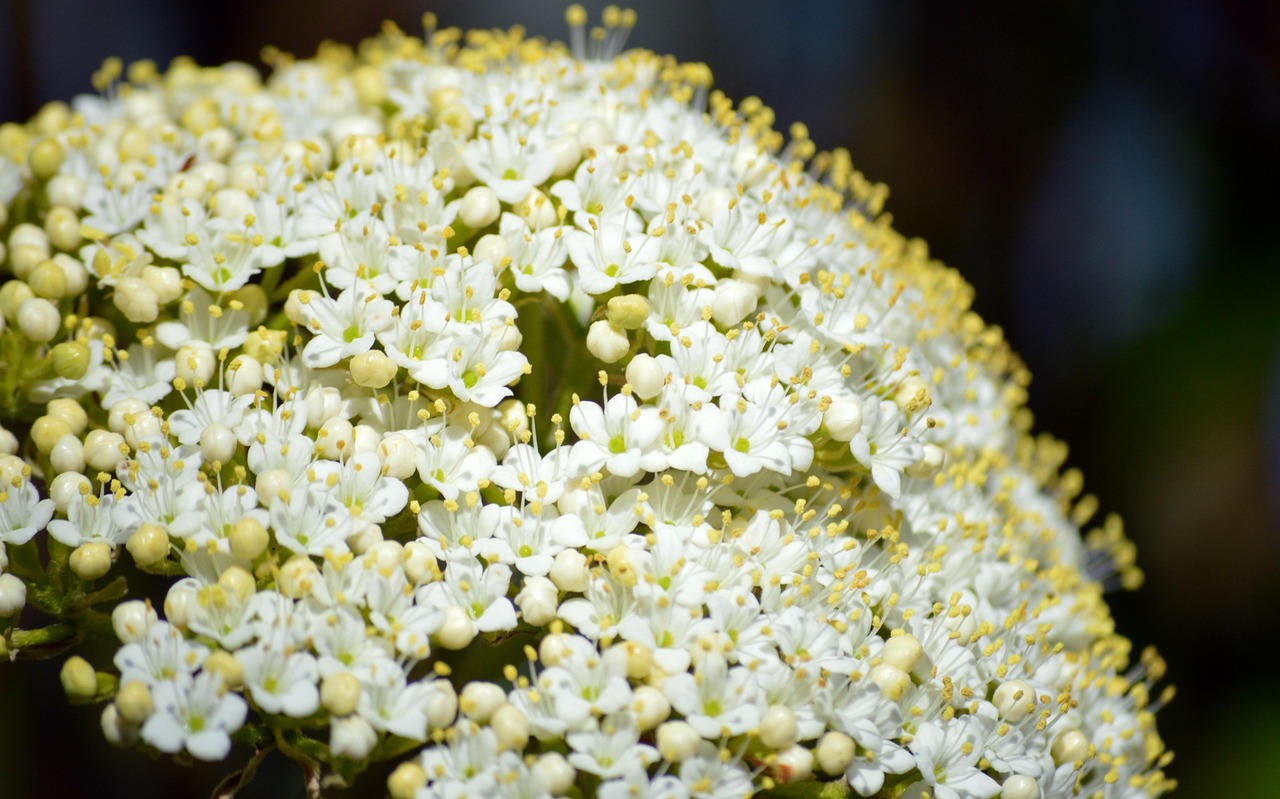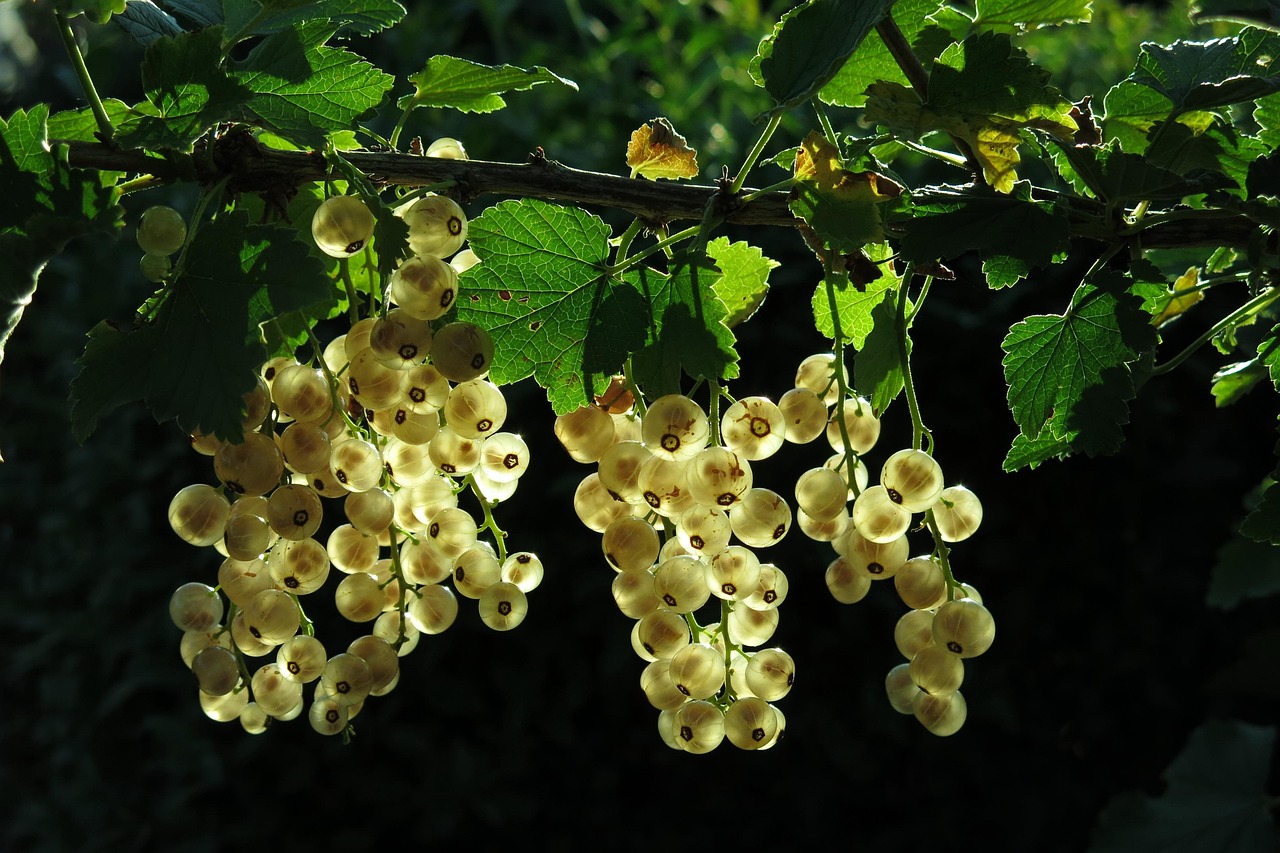Trees and shrubs with white berries add a magical touch to winter landscapes. These plants not only enhance the aesthetic appeal of gardens but also provide important habitats for wildlife. Exploring the variety of species that bear white berries unveils the secrets of a winter wonderland.
As the cold weather sets in and most plants enter dormancy, trees and shrubs with white berries stand out against the starkness of winter. Their bright fruits provide a striking contrast to the often grey and brown surroundings. Many of these species are not only beautiful but also play crucial roles in the ecosystem, providing food for birds and other wildlife during the harsh winter months.

White berries can be found on a variety of trees and shrubs. Some are native to specific regions, while others have been introduced for ornamental purposes. Understanding their characteristics and habitats can help gardeners and nature enthusiasts select the right plants for their landscapes. Below is a brief overview of some common trees and shrubs that produce white berries.
| Plant Name | Common Name | Scientific Name | Habitat |
|---|---|---|---|
| Winterberry | Ilex verticillata | Winterberry Holly | Wetlands, woodlands |
| Snowberry | Symphoricarpos albus | Common Snowberry | Open woods, fields |
| Chokecherry | Prunus virginiana | Chokecherry | Forests, edges |
| Serviceberry | Amelanchier spp. | Serviceberry | Woodlands, open areas |
Each of these plants has unique features that make them suitable for different gardens and landscapes. For instance, Winterberry is known for its brilliant red stems and bright white berries that persist into winter. Snowberry, with its delicate white fruits, thrives in more open areas and is often found in fields and along roadsides. This adaptability makes it a popular choice for naturalistic gardens.
The cultivation of these plants can bring numerous benefits. They attract pollinators in the spring and summer months. During winter, their berries serve as a crucial food source for birds such as robins and waxwings. Furthermore, they can enhance the visual interest of a garden through all four seasons.
Notable Characteristics of Trees and Shrubs with White Berries
When considering trees and shrubs with white berries, it is essential to understand their growth habits, fruiting times, and care requirements. Here are some notable characteristics:
- Fruiting Time: Many of these species produce berries in late summer to early fall, making them a vital food source as winter approaches.
- Growth Habits: Some species, like Winterberry, can grow as large shrubs, while others may remain smaller. This variability allows for diverse planting options.
- Soil Preferences: Most of these plants prefer well-drained soils but can thrive in various conditions, including sandy or clay-heavy environments.
- Sunlight Requirements: While some tolerate shade, many prefer full sun to partial shade for optimal growth.
This information can guide gardeners in selecting the right species for their specific environments. By choosing appropriate plants, one can create a beautiful winter display that also supports local wildlife.
The allure of trees and shrubs with white berries extends beyond their beauty. These plants play significant ecological roles. They contribute to biodiversity and help maintain healthy ecosystems. Understanding these aspects encourages more people to incorporate them into their gardens.
Popular Species of Trees and Shrubs with White Berries
Among the various species that bear white berries, several stand out due to their popularity and unique characteristics. Each offers a distinct contribution to winter landscapes, attracting different wildlife and providing various aesthetic benefits. Here are some of the most notable trees and shrubs with white berries:
1. Winterberry Holly (Ilex verticillata)
Winterberry Holly is a deciduous holly known for its vibrant red stems and bright white berries. This shrub typically grows between 3 to 12 feet tall and thrives in wetland areas. The berries are an essential food source for birds, especially in winter when other food is scarce.
- Foliage: The leaves are serrated and glossy, providing an attractive backdrop to the bright berries.
- Planting Needs: Prefers acidic, well-drained soils and full sun to partial shade.
- Wildlife Benefits: Attracts a variety of birds and other wildlife.
2. Snowberry (Symphoricarpos albus)
Snowberry is a hardy shrub that can reach heights of 3 to 6 feet. It produces small, white berries that persist into winter, creating a stunning visual display. This plant is often found in open woods and fields, making it versatile for naturalistic gardens.
- Growth Habit: Tends to spread through suckering, forming dense thickets that provide excellent cover for wildlife.
- Soil Tolerance: Adaptable to various soil types, including sandy and clay soils.
- Pest Resistance: Generally pest-resistant, making it easy to care for.
3. Chokecherry (Prunus virginiana)
The Chokecherry is a small tree or large shrub known for its clusters of white flowers in spring and small, white to yellow berries in late summer. The berries are edible but have a tart taste, hence the name “chokecherry.” However, they are a valuable food source for many birds.
- Height: Typically grows between 15 to 30 feet tall.
- Sunlight Requirements: Prefers full sun but can tolerate partial shade.
- Cultural Significance: Often used in traditional recipes for jams and jellies.
4. Serviceberry (Amelanchier spp.)
Serviceberry is a versatile shrub or small tree that produces white flowers in spring followed by sweet, edible berries in summer. The berries are not only enjoyed by humans but also attract birds and other wildlife.
- Size: Varies from 5 to 25 feet in height depending on the species.
- Fall Foliage: Offers stunning fall color with shades of orange and red.
- Soil Preference: Thrives in well-drained, loamy soils but is adaptable to various conditions.
The Ecological Impact of White Berries

The presence of trees and shrubs with white berries plays a vital role in the ecosystem. They support biodiversity by providing food sources for various animals, including birds, insects, and mammals. Here are some ecological benefits provided by these plants:
- Food Source: The berries serve as a nutritious food source for birds during winter when other food options are limited.
- Nesting Habitat: Dense shrubs offer shelter and nesting sites for birds, promoting healthy populations.
- Pollination Support: Flowers provide nectar for early-season pollinators such as bees.
The adaptation of these trees and shrubs to their environments illustrates their resilience and importance in sustaining wildlife populations. By understanding their ecological roles, gardeners can appreciate the value they bring to our landscapes throughout the year.

Cultivation Tips for Growing Trees and Shrubs with White Berries

Successfully growing trees and shrubs that produce white berries requires understanding their specific needs and conditions. With proper care, these plants can thrive, providing beauty and ecological benefits for many years. Here are some essential tips for cultivating these species effectively.
1. Choosing the Right Location
The first step in successful cultivation is selecting an appropriate location. Consider the following factors:
- Sunlight: Most trees and shrubs with white berries prefer full sun to partial shade. Ensure that the chosen spot receives at least six hours of sunlight each day.
- Soil Type: Well-drained soil is crucial. Conduct a soil test to determine pH levels and nutrient content, as some species prefer acidic soils while others tolerate a broader range.
- Moisture Levels: Many of these plants, such as Winterberry, thrive in moist environments. If planting in a drier area, ensure regular watering during dry spells.
2. Planting Techniques
Proper planting techniques can significantly affect the growth and health of your trees and shrubs. Follow these guidelines:
- Timing: The best time to plant is in the spring or fall when temperatures are mild.
- Spacing: Ensure adequate spacing between plants to promote air circulation. This reduces the risk of disease and allows each plant to receive sufficient sunlight.
- Depth: Dig a hole that is twice as wide as the root ball and just as deep. Place the plant in the hole, ensuring that the top of the root ball is level with the soil surface.
3. Watering and Fertilization
Watering and fertilization are critical aspects of plant care. Here are some best practices:
- Watering: Newly planted trees and shrubs should be watered regularly to establish roots. Once established, many species become drought-tolerant but still benefit from consistent moisture during dry periods.
- Fertilization: Use a balanced fertilizer in early spring to promote healthy growth. Avoid over-fertilizing, as this can lead to excessive foliage growth at the expense of berries.
4. Pruning for Health and Production
Regular pruning is essential for maintaining the health and productivity of your plants. Consider the following tips:
- Timing: Prune during late winter or early spring before new growth begins.
- Techniques: Remove any dead or damaged branches, as well as those that are crossing or crowding others. This promotes better air circulation and light penetration.
- Encouraging Growth: For species like Chokecherry, pruning can help shape the plant and encourage more abundant fruiting.
Pest and Disease Management
Pests and diseases can threaten the health of trees and shrubs with white berries. Understanding how to manage these issues is crucial for long-term success.
Common Pests
Some common pests that may affect these plants include:
- Aphids: Small insects that can reduce plant vigor by sucking sap. Regularly inspect leaves for signs of infestation.
- Scale Insects: These pests appear as small bumps on stems and leaves. They can be controlled with insecticidal soap or horticultural oil.
Disease Prevention
Diseases such as powdery mildew or leaf spot can affect the foliage of these plants. Here are some prevention tips:
- Avoid Overcrowding: Proper spacing helps reduce humidity around plants, minimizing disease risk.
- Watering Technique: Water at the base of the plant rather than overhead to keep foliage dry.
- Fungicides: If disease occurs, consider using organic fungicides as a preventative measure.
By understanding these cultivation practices, gardeners can successfully grow trees and shrubs with white berries, enhancing their landscapes while supporting local wildlife throughout the year.
Additional Benefits of Trees and Shrubs with White Berries
In addition to providing aesthetic beauty and ecological benefits, trees and shrubs with white berries offer several other advantages that gardeners and landscape designers should consider. These plants enhance not only the visual appeal of gardens but also contribute to environmental health and personal well-being.
1. Seasonal Interest
Trees and shrubs with white berries contribute to seasonal interest in a garden. Their transition through seasons—from the vibrant blossoms of spring to the colorful foliage of fall and the striking presence of white berries in winter—creates a dynamic landscape.
- Spring: Many species produce beautiful flowers, attracting pollinators.
- Summer: Foliage provides lush greenery, creating a cooling effect in the garden.
- Fall: Leaves often change color, adding warm tones to the landscape.
- Winter: The contrasting white berries against snow or frost create a picturesque scene.
2. Erosion Control
The root systems of many trees and shrubs help stabilize soil, reducing erosion on slopes and near water bodies. This is particularly important in areas prone to heavy rain or where soil quality is poor. Planting species like Winterberry can improve soil structure and prevent runoff.
3. Educational Opportunities
These plants offer educational opportunities for families and children. Gardeners can teach young ones about plant growth, ecology, and the importance of biodiversity. Observing wildlife interactions with these plants can also foster a deeper appreciation for nature.
Final Thoughts
Trees and shrubs with white berries are not just beautiful additions to any landscape; they are vital components of our ecosystems. They provide food for wildlife, support biodiversity, and enhance the aesthetic appeal of gardens throughout the year. By choosing to cultivate these plants, gardeners can create inviting spaces that are both visually stunning and ecologically beneficial.
Understanding their growth requirements, care techniques, and ecological roles allows for successful integration into various landscapes. From encouraging pollinators to stabilizing soil, these plants offer numerous benefits that go beyond mere decoration. As more people embrace sustainable gardening practices, the value of trees and shrubs with white berries will continue to shine brightly in winter wonderlands.
In conclusion, whether you are a seasoned gardener or just starting, consider adding these remarkable trees and shrubs to your garden. Their ability to thrive in diverse environments makes them accessible and rewarding choices for anyone looking to enhance their outdoor spaces while supporting local ecosystems.
